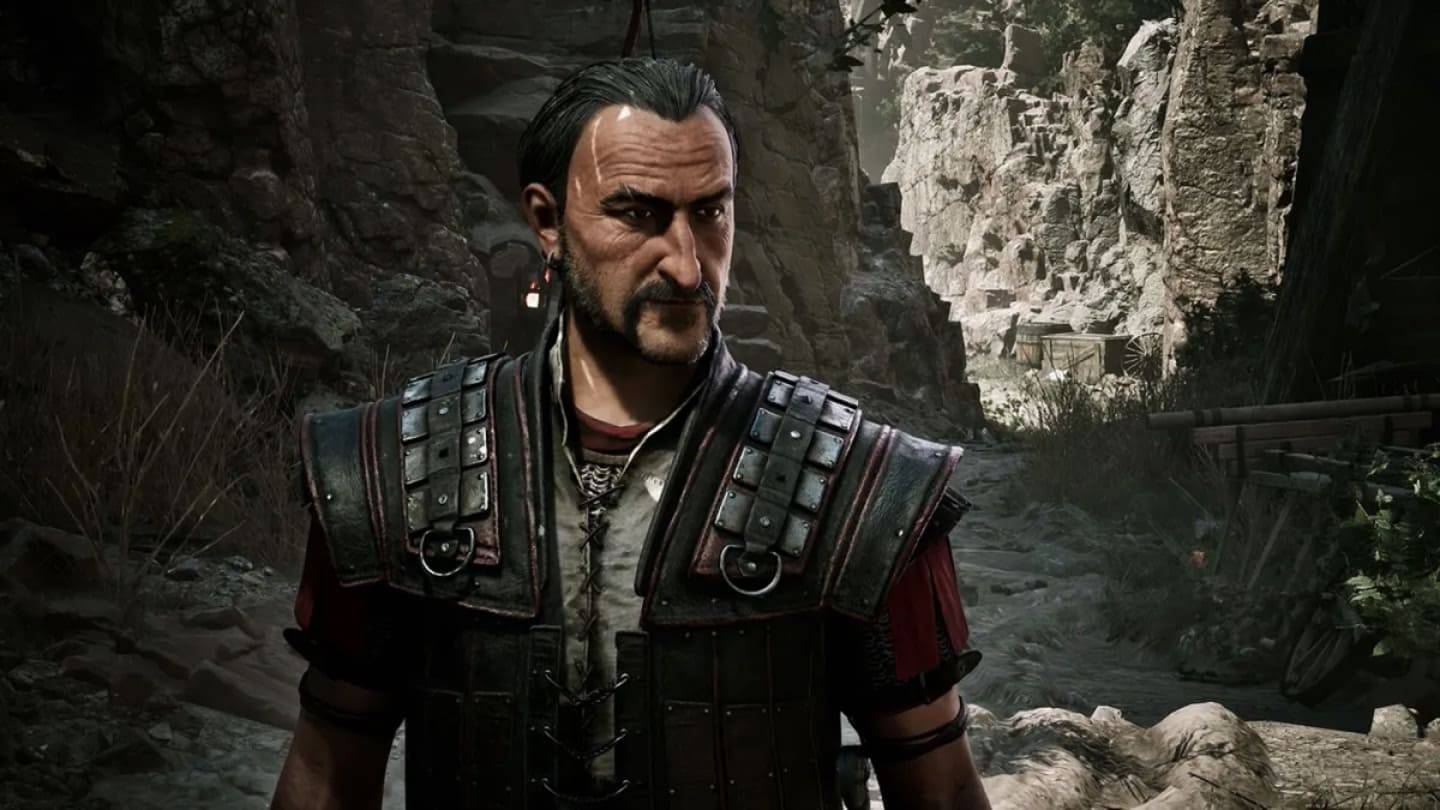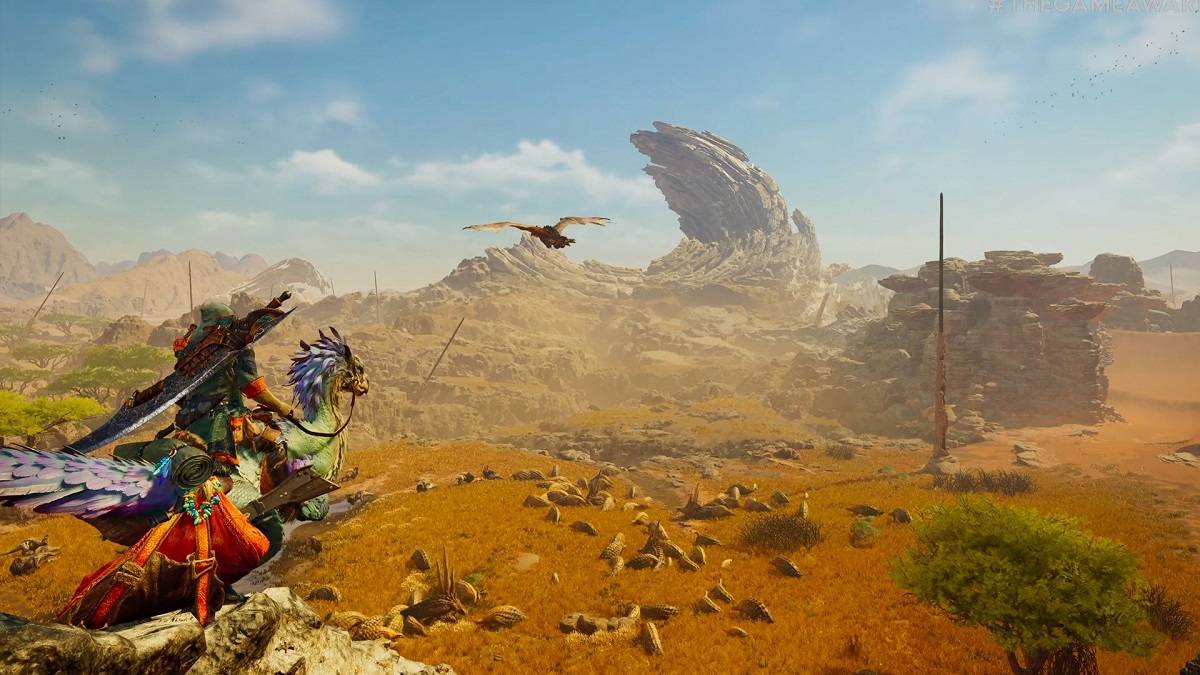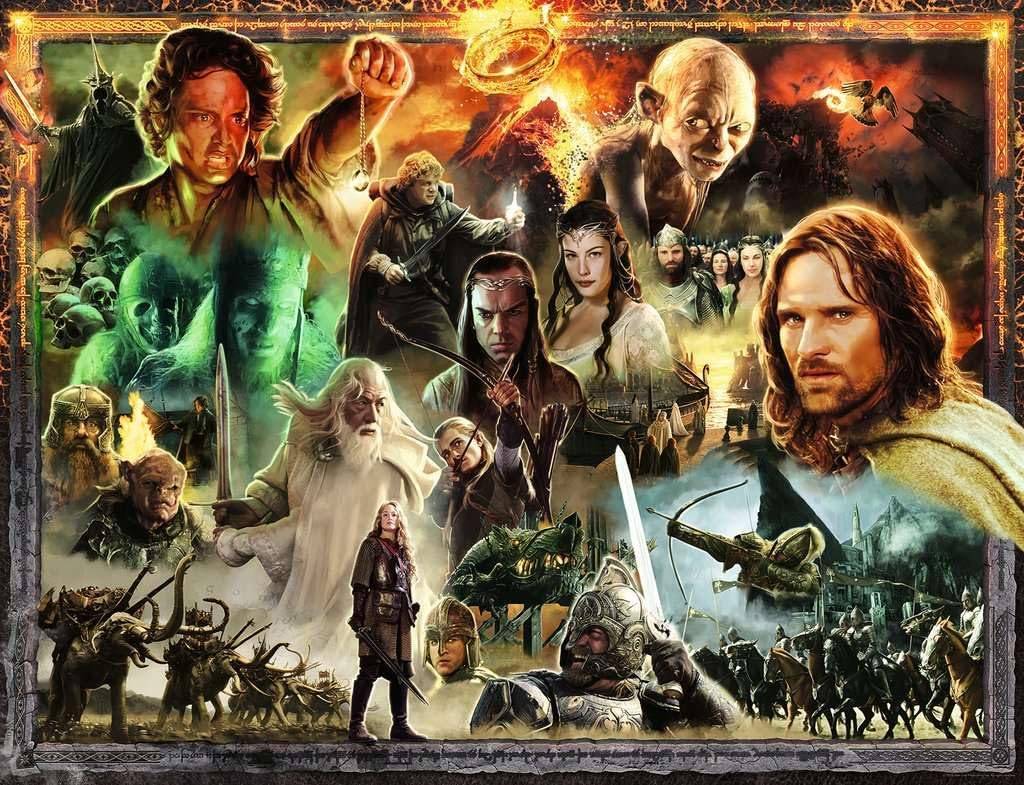In the lead-up to its global launch, Monster Hunter Wilds shattered pre-order records on both Steam and PlayStation, effortlessly following in the footsteps of its extraordinarily popular predecessors, 2022's Monster Hunter Rise and 2018's Monster Hunter: World. These sales figures firmly establish Capcom's unique and esoteric RPG series as one of the biggest video game franchises worldwide.
However, this wasn't always the case. Less than a decade ago, the notion of a Monster Hunter game achieving such global acclaim would have seemed far-fetched. When Monster Hunter debuted in 2004, it received mixed reviews. It wasn't until the series transitioned to the PSP in 2005 that it truly took off, but primarily in Japan.
For a long time, Monster Hunter epitomized the "game series bigger in Japan than the rest of the world" phenomenon. The reasons for this were straightforward, as this article will explore, yet Capcom persistently sought ways to expand Monster Hunter's appeal to an international audience. The success of Monster Hunter: World, Rise, and now Wilds demonstrates that their efforts were well worth it.
This is the story of how Monster Hunter evolved from a domestic hit to a global powerhouse.
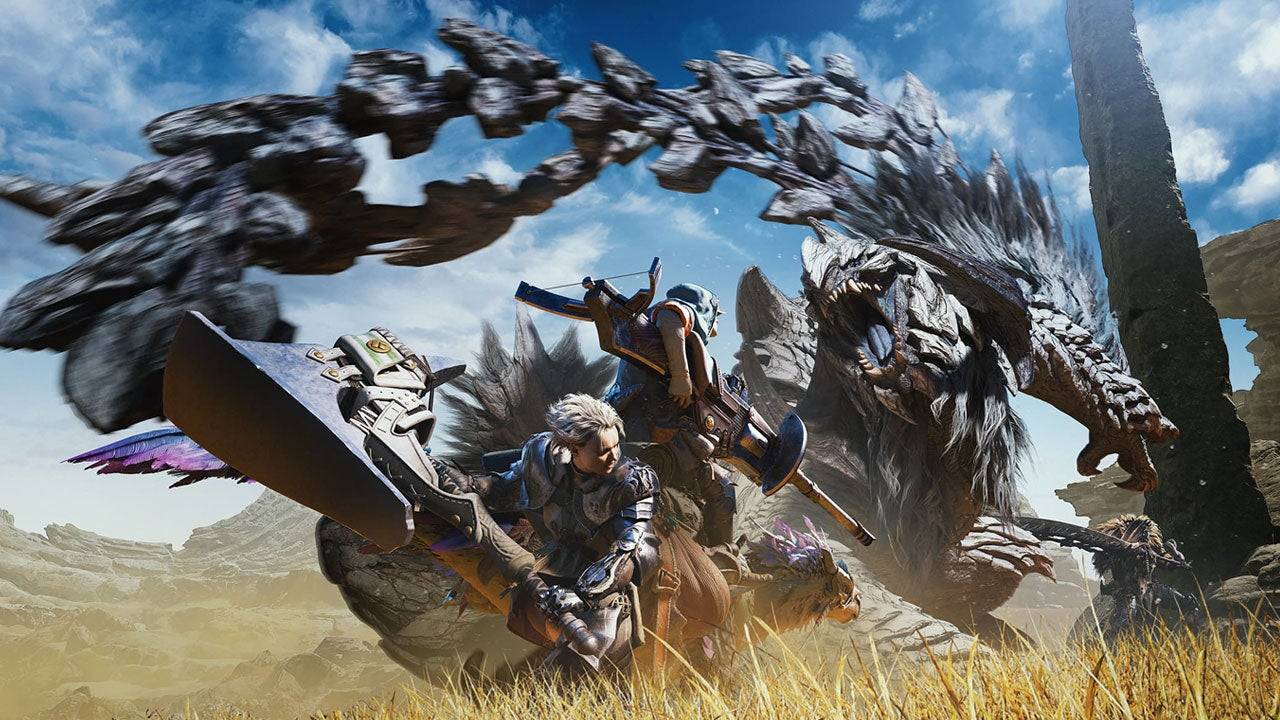
Around the time of Street Fighter 5's launch in 2016, Capcom underwent an internal reorganization to prepare for a new generation of games. These games would utilize the company's brand new RE Engine, replacing the aging MT Framework. This shift was more than just a technological upgrade; it came with a new mandate to create games for a global audience, not just for existing, territory-specific fans.
"It was a few factors that came together," says Hideaki Itsuno, a former game director at Capcom known for his work on Devil May Cry. "The change of the engine and also all teams were given a very clear goal at that point to make games that reach the global market. [Games] that are fun for everyone."
During the PS3 and Xbox 360 era, Capcom's games seemed to target an imagined version of the "Western games market." While Resident Evil 4 was a significant hit, other attempts like Umbrella Corps and the Lost Planet series, which chased Western gaming trends, were less successful. Capcom realized the need to create games that appealed to everyone, not just fans of traditional Western genres.
"I think that we had that clear goal of just focusing and not holding anything back," Itsuno says. "Towards making good games that would reach people from all over the world."
Itsuno notes that the period leading up to 2017 was pivotal. "The changes in organization and the changes in the engine, all these elements came together around that time," he says. The launch of Resident Evil 7 in 2017 marked the beginning of a Capcom renaissance.
No other series better embodies Capcom's new goal for global success than Monster Hunter. While it had its dedicated fans in the West, the series was significantly more popular in Japan for decades. This wasn't by design, but rather due to real-world factors.
Monster Hunter found tremendous success when it transitioned from the PlayStation 2 to the PSP with Monster Hunter Freedom Unite. The handheld gaming market has always been stronger in Japan, as evidenced by the success of the PSP, Nintendo's DS, and more recently, the Switch. According to the series' executive producer Ryozo Tsujimoto, the key to Monster Hunter's success in Japan was the nation's advanced wireless internet network, which allowed players to easily connect and play with friends.
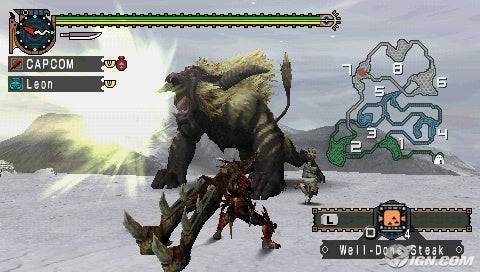
"20 years ago, Japan was in a very, very solid state in terms of the network environments available to people, and being able to connect and to play online together," Tsujimoto says. "And of course, we're not speaking for everyone there, because we realize that there are people who may not have had the chance to play with friends back then. But by moving over to handheld systems, we were able to grow that player base that was interacting and playing multiplayer together."
Monster Hunter, built on the core pillar of cooperative play, thrived on handheld consoles, which allowed friends to quickly join hunts together. This focus on the local market inadvertently reinforced Monster Hunter as a "Japan-only" brand, as Capcom released Japan-only content and hosted special events there.
Despite this, Monster Hunter had fans in the West who eagerly watched from the sidelines as Japanese players enjoyed exclusive content. As internet infrastructure improved globally and online play became standard, Tsujimoto and his team saw an opportunity to launch their most advanced and globally accessible Monster Hunter game yet.
Released in 2018 on PlayStation 4, Xbox One, and PC, Monster Hunter: World marked a significant shift for the franchise. It offered large-scale, AAA console quality action with enhanced graphics, expansive areas, and larger monsters, designed for a global audience.
"Our approach to the globalization of the series and Monster Hunter in general really ties into not only the themes that we had going into designing the game, but also in the name of the game," Tsujimoto reveals. "The fact that we called it Monster Hunter: World is really kind of a nod to the fact that we wanted to appeal to this worldwide audience that we wanted to really dig into and experience Monster Hunter for the first time."
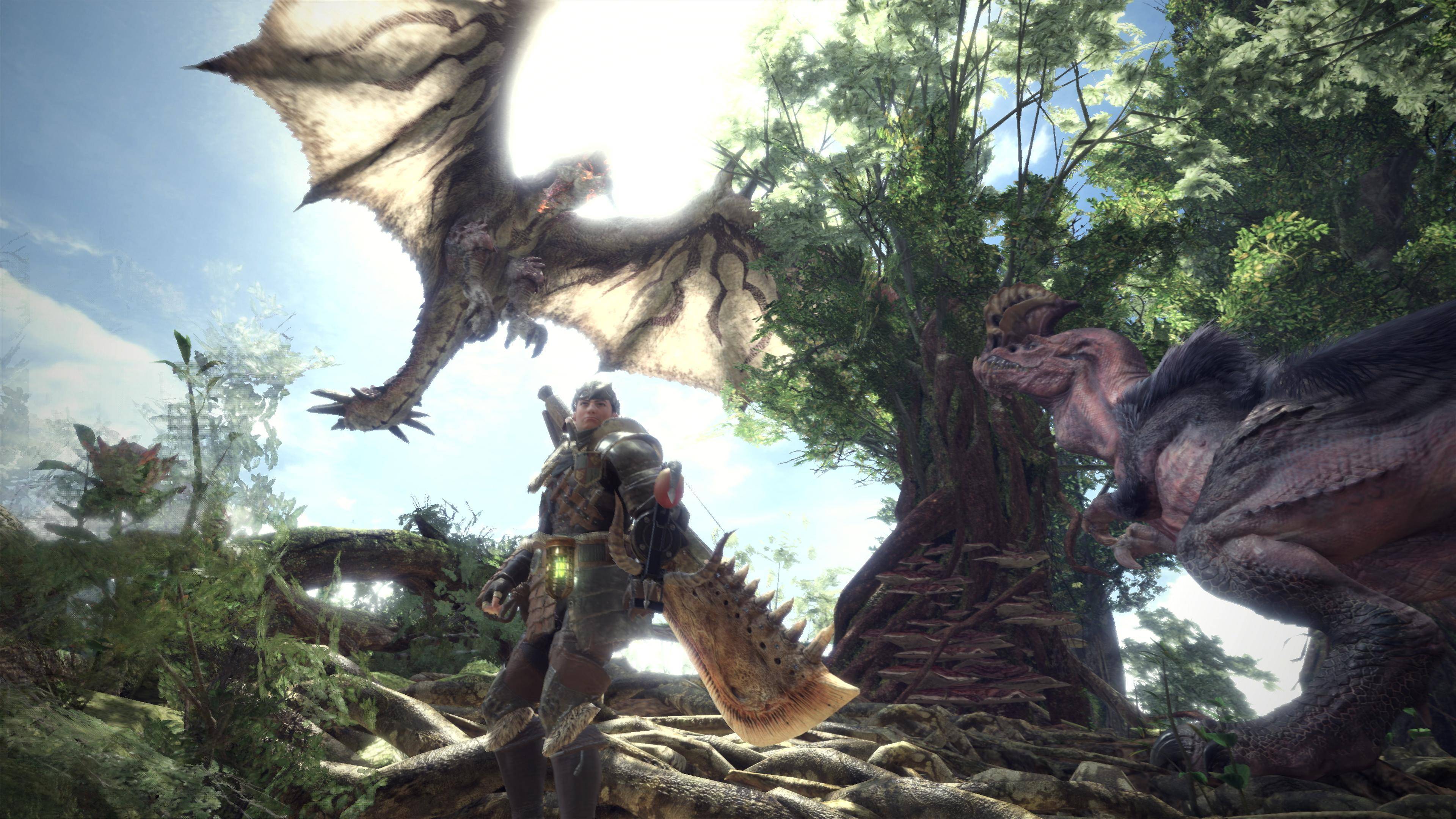
It was crucial that Monster Hunter: World did not favor one market over another. The game was released simultaneously worldwide, with no exclusive content locked to Japan, aligning with global standards that players expect from titles around the world.
Tsujimoto and his team conducted focus tests and user tests globally to refine Monster Hunter's formula and broaden its appeal. "We did focus tests and user tests across the world, and some of the impact of those — the feedback and the opinions that we got during that really affected how we designed our game systems and really affected how much success we had as a global title for that game," Tsujimoto says.
One significant change resulting from these tests was the inclusion of damage numbers when players hit monsters. These small tweaks to an already successful formula propelled Monster Hunter to unprecedented heights. While previous Monster Hunter games typically sold between 1.3 to 5 million copies, Monster Hunter: World and its 2022 follow-up, Monster Hunter Rise, both surpassed 20 million copies sold.
This growth wasn't accidental. Instead of altering Monster Hunter's core to suit Western tastes, Tsujimoto and his team found ways to make the series' unique and complex nature more accessible to a broader audience without compromising its essence. This approach continues with the latest game, Monster Hunter Wilds.
"At its heart, Monster Hunter really is an action game, and that sense of accomplishment you get from really mastering that action is an important aspect of Monster Hunter," Tsujimoto explains. "But for newer players, it's really getting to that point. The steps involved in getting to that sense of accomplishment is really what we're trying to strategize for, in terms of designing for new players. So with World and Rise, for example, we were taking really great care to analyze where players got stuck, what was hard to understand, what they were having trouble with, getting player feedback, and also doing our own kind of research into that. And all of that kind of knowledge has impacted how we've implemented new systems into Wilds."
Within 35 minutes of its release, Monster Hunter Wilds reached 738,000 concurrent players on Steam, more than double Monster Hunter: World's all-time high. With glowing reviews and the promise of more content, Monster Hunter Wilds is poised to continue the series' mission to conquer the world.

